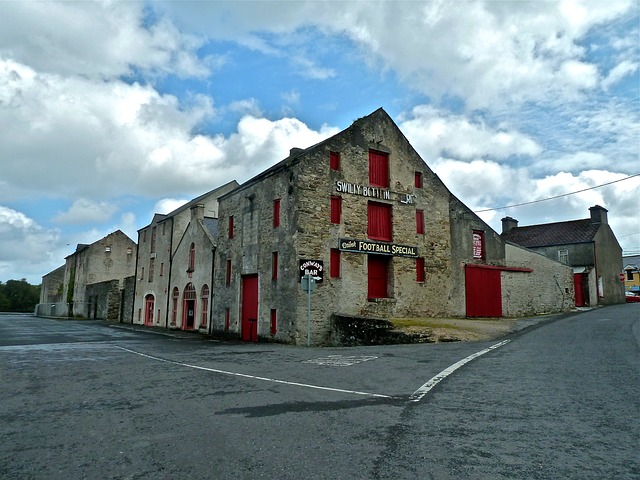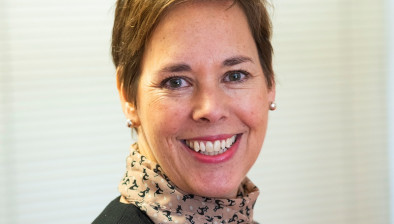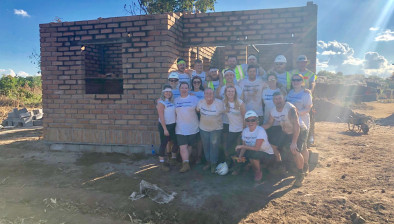Call for local authorities to convert empty buildings into homes amid new research

New research revealing vacant council properties are on the rise around the UK has led to calls for them to be converted to provide 25,000 new homes.
Research conducted by the Empty Homes Network for Habitat for Humanity Great Britain (HfHGB) has uncovered that the average vacant properties per council increased by 44% in Wales, 30% in England, and 18% in Scotland since 2021.
These findings come after new government data showed a record 131,140 households in temporary accommodation, costing councils millions of pounds every day.
The research, conducted by the Empty Homes Network and building on work initially done in 2021, surveyed councils around Great Britain and found significant increases in the number of buildings they owned that had been empty for over a year across retail, office, leisure and other categories.
Henrietta Blackmore, national director, said: “We know that empty buildings are only part of the answer to the housing crisis, but they should be an important part. Councils have full control over what they do with their assets, and must prioritise social homes.”
Beyond local authority-owned assets, recent data suggests that in England alone there are around 175,000 privately owned, empty non-residential buildings which may have the potential to provide over 500,000 homes.
Many empty buildings are well located near transport infrastructure and jobs, with the potential to provide high quality homes at a fraction of the environmental cost of new builds. This could deliver significant long-term savings for councils, and simultaneously boost high street shops by creating more densely populated town centres.
Researchers have identified examples across the country of authorities making these transformational investments happen, from empty shops in Barking, to HMRC offices in Barnsley.
The study makes a number of recommendations that would support change at scale, including a national dataset of publicly-owned vacant properties, dedicated funding and strategic intervention from local leaders.
Blackmore continued: “The budgetary pressures local authorities face are not helped by constant fire-fighting with scarce resources. Vulnerable people have better outcomes when they have access to safe, good quality accommodation. Providing that sort of housing now reduces the day-to-day costs that councils face tomorrow.
“Fixing the broader social issues we face as a nation means first ensuring we all have somewhere to call home.
“As our report shows, there exists a large number of buildings which could help us meet that mission. The fact we have empty buildings and a housing crisis isn’t new, but it’s time for all involved to grasp new ways of thinking and doing to boost the stock of social housing. That’s what today’s report sets out; practical steps that could be taken to address the overwhelming domestic challenge of our times.”
















